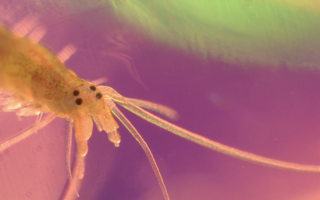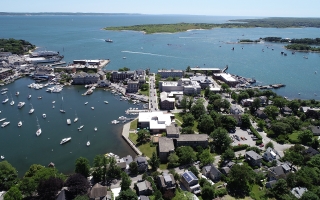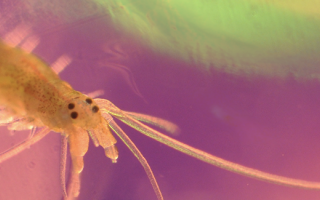Full Name
B. Duygu Özpolat
Title
Hibbitt Fellow

- Email:
- Phone:
- Fax:
- CV:
File
- ORCID ID:
0000-0002-1900-965X
BS, Biology, Middle East Technical University, 2004
Reproductive cells are the cells that become eggs and sperm, and then have the potential to give rise to a whole organism. Many organisms (such as hydra, flatworms, earth worms, or sea stars) regenerate their reproductive organs and reproductive cells as a part of whole body regeneration. In contrast, humans and well-established research organisms lack this ability. The mechanisms of regenerating the reproductive cells are not understood but is one of the most impactful regeneration abilities. Understanding the mechanisms of regenerating this cell type would provide insight into the “mother of all stem cells”. The goal of our laboratory is to close this knowledge gap and define the cellular origins and molecular mechanisms of germ cell regeneration. What are the embryonic origins of cells involved in reproductive cell regeneration? Can any cell type regenerate reproductive cells, or are there limitations to which cells can replace them? How is the genome integrity maintained in regenerated reproductive cells?
To answer these questions, we combine many exciting techniques such as live-imaging, genome-editing, mRNA injections, and transgenesis. We use marine and aquatic segmented worms such as Dumeril's clam worm (Platynereis dumerilii), and the water nymph worm (Pristina leidyi).
(in press, JEZ-B) Kuehn E., Clausen D., Null R.W., Metzger B., Willis A., Özpolat B.D. Segment number threshold determines juvenile onset of germline cluster expansion in Platynereis dumerilii (2021) BIORXIV/2021/439825
Özpolat B.D., Randel N., Williams E.A., Bezares-Calderón L.A., Andreatta G., Balavoine G., Bertucci P., Ferrier D., Gambi M.C., Gazave E., Handberg-Thorsager M., Hardege J., Hird C., Hsieh Y., Hui J., Mutemi K.N., Schneider S.Q., Simakov O., Vergara H., Vervoort M., Jékely G., Tessmar-Raible K., Raible F., Arendt D. [EvoDevo%2012,%2010%20(2021).%20https%3A//doi.org/10.1186/s13227-021-00180-3]The nereid on the rise: Platynereis as a model system. EvoDevo 12, 10 (2021) (Emerging Systems Series)
Torres J.P., Lin Z., Watkins M., Salcedo P.F., Baskin R.P., Elhabian S., Safavi-Hemami H., Tun J., Saguil N., Fang Y., Urdaneta R.F., Özpolat B.D., Olivera B.M., Schmid E.W. Small molecule mimicry hunting strategy in the imperial cone snail, Conus imperialis. (2021) Science Advances. 12 Mar 2021: Vol. 7, no. 11
Kuehn E., Girard J., Stockinger A., Raible F., Özpolat B.D. A scalable culturing system for the marine annelid Platynereis dumerilii. PLoS ONE (2019)
Özpolat B.D., Handberg-Thorsager M., Vervoort M., Balavoine G. Cell lineage and cell cycling analyses of the 4d micromere using live imaging in the marine annelid Platynereis dumerilii. eLife DOI: 10.7554/eLife.30463 (2017)
Özpolat B.D., Sloane E., Zattara E.E., Bely A.E. Plasticity and regeneration of gonads in the annelid Pristina leidyi. EvoDevo 7:22. (2016)
Özpolat B.D., Bely A.E. Developmental and molecular biology of annelid regeneration: a comparative review of recent studies. Current Op. in Gen. Dev. Volume 40, pg: 144–153. (2016) (Review)
Özpolat B.D., Bely A.E.. Gonad establishment during asexual reproduction in the annelid Pristina leidyi. Dev. Biol. 405(1):123–36. (2015)


